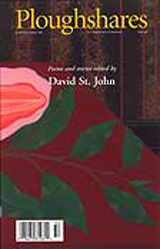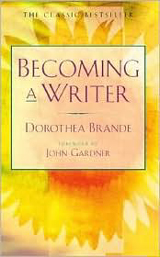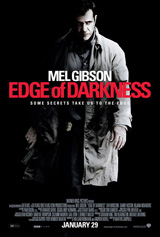One of the most common uses for the comma—and one of the most-often tested on the ACT—is to separate two independent clauses that are joined by a coordinating conjunction:
Jim set up the DVD player, and Derrick made popcorn.
An independent clause is one that can stand alone as a sentence. In the example above, Jim set up the DVD player could be a complete sentence on its own. So could Derrick made popcorn. You can join them into one sentence, however, by using a comma with one of the coordinating conjunctions:
and
but
or
nor
for
so
yet
Derrick wanted to watch a romantic comedy, but Jim chose an action movie.
It was Jim’s entertainment system, so he got his way.
This same rule applies to a series of three or more short independent clauses. As discussed in Mots Justes’ last installment on the serial comma, use commas between the clauses and before the conjunction that joins the last two:
Jim likes adventure movies, Derrick prefers dramas, but neither enjoys horror.
Having had this rule ingrained in me for twenty years or so, whenever I’m doing any editing, I dutifully go through the copy and insert commas between independent clauses joined by a conjunction. Sometimes, though, when the clauses are really short and closely related, this can add an awkward pause. In these cases, Chicago advises leaving out the comma:
Derrick pouted but Jim ignored him.
Unfortunately for those of us who like hard-and-fast rules that can be applied consistently, situations like this last example should be decided on a case-by-case basis. It’s a judgment call, which so much of grammar can be.
The Comma Splice
Remember, though, that a comma can’t separate two independent clauses without a conjunction. On its own, a comma isn’t enough glue to hold two sentences together. This is called a comma splice or a comma fault:
The film Jim selected was his favorite of all time, Derrick had never seen it before.
Do you have a question about the comma? Let me know, and I’ll include it in a future installment of Mots Justes’ ongoing series.
The Mots Justes Series on Commas
Part I—To Serialize or Not to Serialize
Resources
Chicago Manual of Style, The. 15th ed. Chicago: The University of Chicago Press, 2003.
Fogarty, Mignon, Grammar Girl’s Quick and Dirty Tips for Better Writing. New York: Holt Paperbacks, 2008.
Goldstein, Norm, ed. The Associated Press Stylebook. 42nd ed. New York: Basic Books, a Member of the Perseus Books Group, 2007.
Hacker, Diana, The Bedford Handbook for Writers, 3rd ed. Boston: St. Martin’s Press: 1991.
Strunk Jr., William, and White, E.B. The Elements of Style. 4th ed. New York: Longman, 2000.







